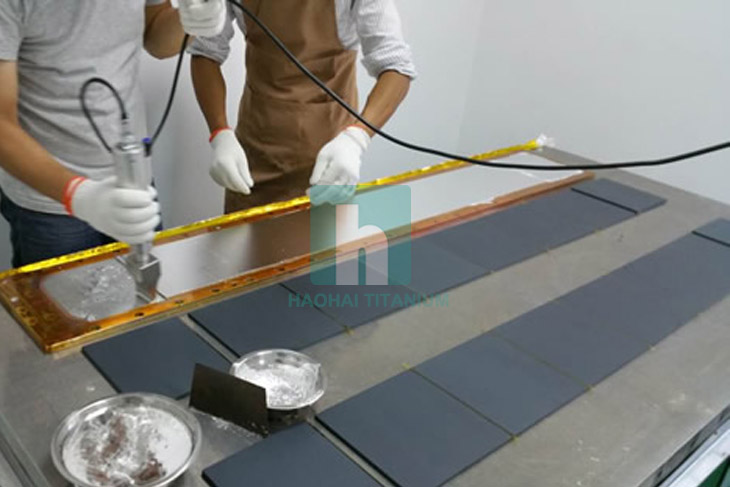
Target Bonding
-
Min Order
1
-
Product Unit
Pieces
-
Origin
China Mainland
-
Payment


- Contact Now Start Order
- Favorites Share
- Description
Product Detail
Target Bonding
Sputtering targets can be simply clamped to the sputter source cathode inside the sputter depositing system. However, this procedure can prove costly due to cracking, warping or other damage to the target in use caused by inadequate cooling. Wherever possible, it is good practice to bond the sputter target to a strong, compatible backing plate.
Target Bonding is a critical process and the exact fabricating method employed can vary depending on the choice of the sputtering target material. A properly bonded sputtering target will normally give a longer working life than a non-bonded target, may enable the use of a higher power input to achieve faster sputtering rates and will enable thin film process parameters to be consistently repeated.
Shear stresses that develop between the target and backing plate, due to heating during sputtering, can be a cause of bonding failure when the backing plate and sputtering materials do not have compatible coefficients of thermal expansion. Depending on the dimensional tolerances allowed, the bond thickness can be adjusted to help compensate for these stresses.
Haohai Metal offers both elastomer bonding and metallic bonding services. X-ray and ultrasound verification are also available upon request.
Metallic
Metallic bonds provide good thermal and electrical conductivity and are recommended for most sputtering applications. Indium is the preferred method for bonding sputtering targets due to its high thermal conductivity and is the high efficiency at drawing heat away from targets. Indium is also more malleable than alternative bonding solders. The main limitation of an indium bond is the melting temperature of an indium solder. Indium has a melting point of 156.6°C, and temperatures over 150°C will cause the bond to melt and fail.
Elastomer
Most materials can be indium bonded, however there are a few exceptions. Elastomer is an alternative bonding method that touts a higher temperature capability over indium bonds. Elastomer bonds are recommended when customers are consistently melting indium bonds. Elastomer bonding is also suitable for low melting point target materials, temperature sensitive compounds and targets that have either low density or are especially fragile.
The comparision of bonding with indium and Elastomer:
| Bond Material | Indium | Elastomer |
| Maximum Operating Temperature | 150°C | 250°C |
| Thermal Conductivity | 83 W/mK | 54 W/mK |
| Coefficient of Thermal Expansion | 32.1 x 10-6K-1 | 2.2 x 10-4K-1 |
| Electrical Resistivity (ohm-cm) | 8 x 10-6 | 0.0476 |
| Bond Coverage | >95% | >98% |
| Bond Line Thickness | 0.010" ± 0.003" | 0.010" - 0.025" |
| Target Size | 1", 2", 3", 4", 5", 6", 7", 8" Diameter | 1", 2", 3", 4", 5", 6", 7", 8" Diameter |
| Target Material | Metal or Ceramic | Metal or Ceramic |
Haohai Metal Assurance
To improve thermal conductivity under high power inputs, we offer target bonding on backing plates using indium-, elastomer-, aluminum- and silver-based metallic alloy. Durable target bonding requires a variety of pre and post bond functions to assure adhesion. Our quality bonding techniques and process are characterized as following:
1. To eliminate cavities at the edges of a solder bond that may entrap air and form a virtual vacuum leak in your sputtering system.
2. To ensure the thermal integrity of the interface between the system's cooling assembly and the surface of the target.
3. Zone controlled hot plates for precise control of thermal expansion and solderability.
4. C-Scan imaging system is used to detect material flaws, interrogate bonds and accurately measure thickness.
5. X-ray radiographic inspection to verify bond integrity.
For more information about our bonding service, please feel free to call us or send E-mail online.
- Large Bending 1 Pieces / (Min. Order)
- PU Foam Crown Mouldings 1 Pieces / (Min. Order)
- Extruded Moulding 1 Pieces / (Min. Order)
- Wooden Gym Rings 1 Pieces / (Min. Order)
- Wooden Gym Rings 1 Pieces / (Min. Order)
- Foamed Polyethylene Sheet Building Foam 1 Pieces / (Min. Order)
- CE Approved TDT Building Hoist 1 Pieces / (Min. Order)
- 5mm Green Blinking LED 1 Pieces / (Min. Order)
- 3mm Green Blinking Dip LED 1 Pieces / (Min. Order)
- Gas Shielded Welding Gun 1 Pieces / (Min. Order)
- Green Raisins 1 Pieces / (Min. Order)
- Eco-friendly Building Emulsion 1 Pieces / (Min. Order)
- Garden Fruit Netting 1 Pieces / (Min. Order)
- HDPE Garden Hail Netting 1 Pieces / (Min. Order)
 Menu
Menu




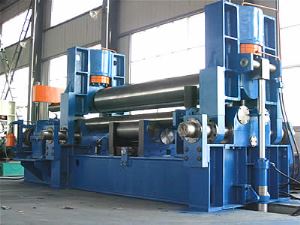
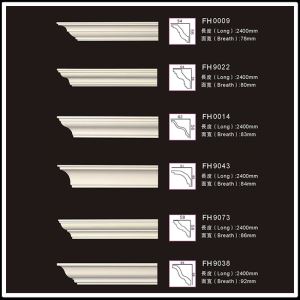
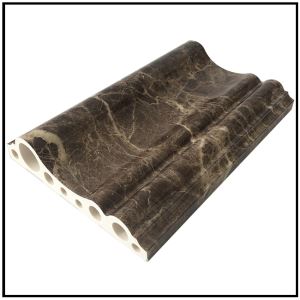
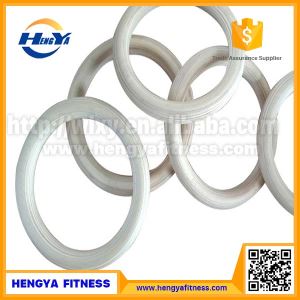

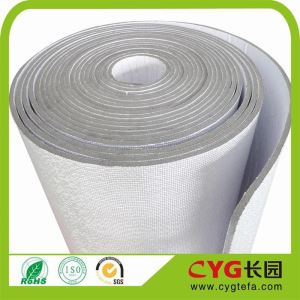
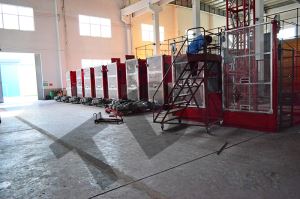
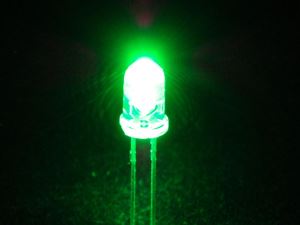

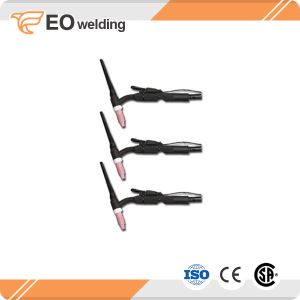

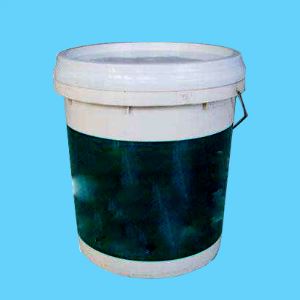
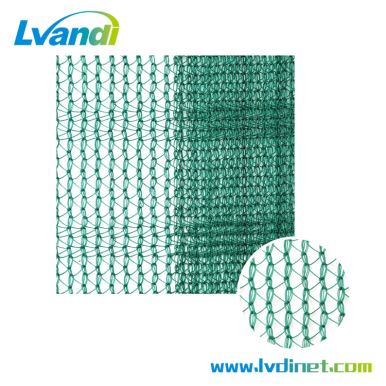

 Favorites
Favorites
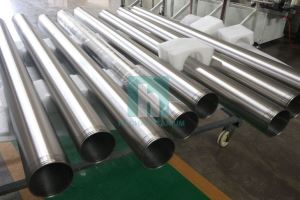
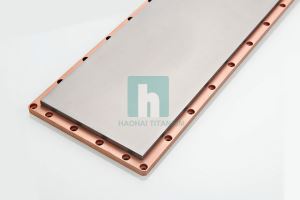

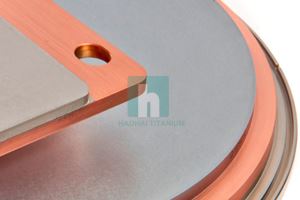

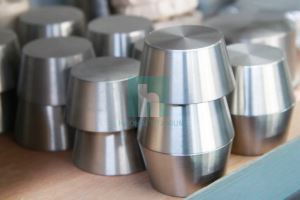

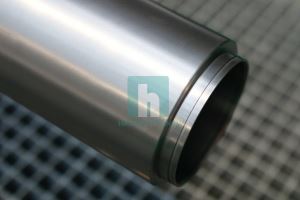
 Frequent updates ensuring high quality data
Frequent updates ensuring high quality data
 Over 5000 customers trust us to help grow their business!
Over 5000 customers trust us to help grow their business!


 Menu
Menu